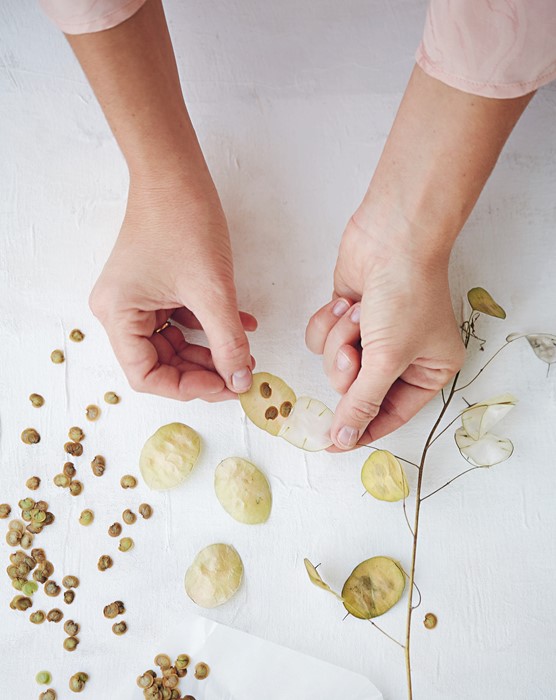As they release their debut book, the duo behind flower studio Worm London share their tips on how to find, arrange and look after the season’s florals
From the majesty of cascading bridal bouquets to the elegance and finesse of a florist’s fingers, there can be something seriously intimidating about the prospect of arranging a freshly cut bunch of flowers. Fortunately, east London floral duo Katie Smyth and Terri Chandler are ready to empower us all with their debut book, Wreaths.
Contagiously passionate, Smyth and Chandler – better known as Worm London – are bringing how-to accessibility to fresh, foraged and dried floral arrangements in collaboration with publishers Quadrille and photographer Kristin Perers. Ahead of the release of Wreaths, the duo behind Worm London share the secrets to making the most of seasonal finds.
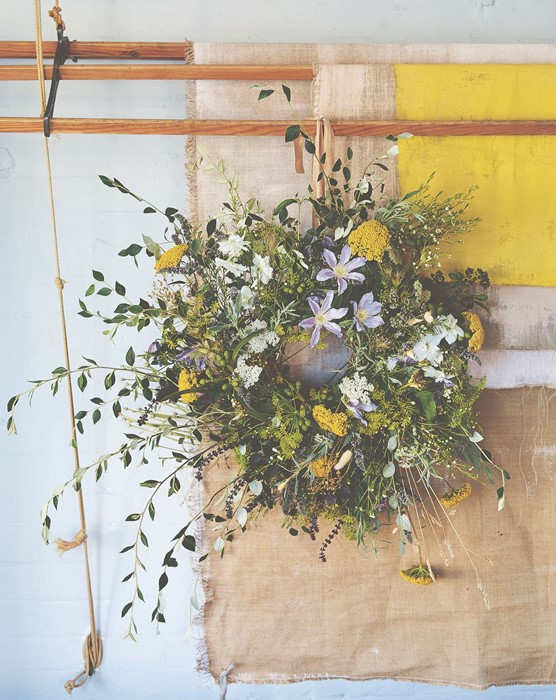
1. Spring’s finest flowers could be closer than you think
“There’s really beautiful British stuff you can buy now like muscari,” says Chandler, “and obviously all the daffodils, paperwhites and alliums are just starting to come in. And hellebores! People think that British flowers are just from late May and June, but hellebores and stuff like that that are just coming in and are so beautiful.” “Fritillaries are starting to come out too!” Smyth adds.
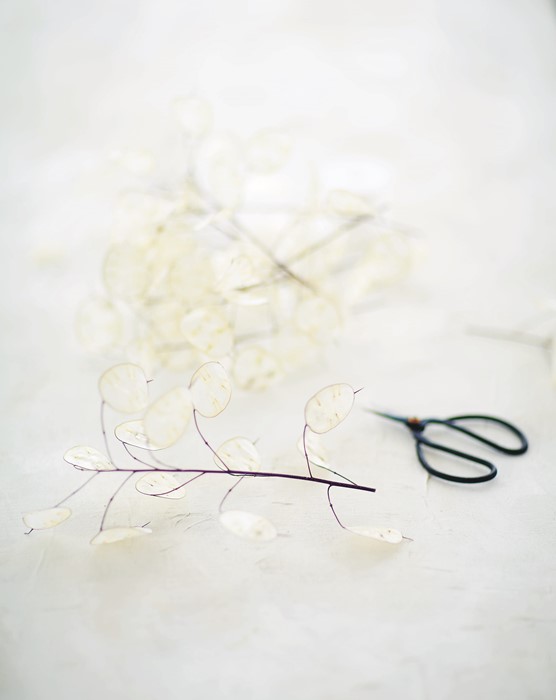
2. Embrace blossom now to speed up the arrival of summer
“Blossom is brilliant,” says Smyth. “If you have blossom in your house and you get it in before it actually flowers it will flower inside and last for a week or two.” “I brought blossom home and because it was hot inside it hurried the seasons of the blossom,” says Chandler. “It bloomed fast, then the blossom fell off and it went green like a blossom tree usually would in June. It was beautiful seeing the seasons being forced by the heat in the house.”
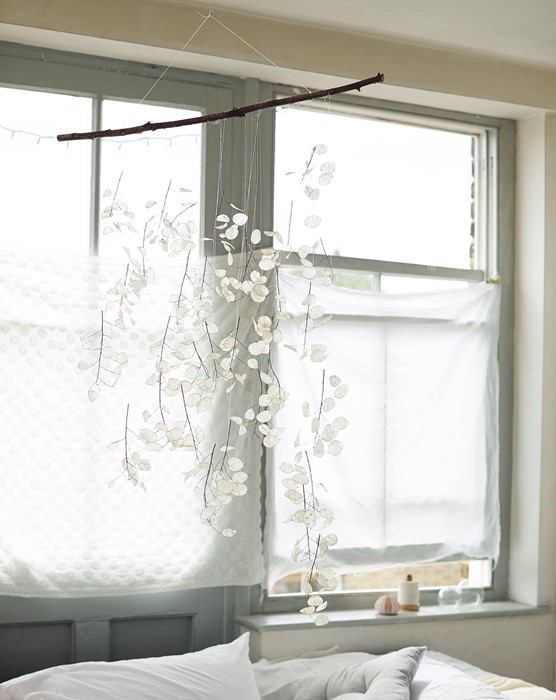
3. As the days get longer, make the most of the extra sunlight
“Cut flowers don’t need light for photosynthesis because they’re not still growing, but they do look beautiful in natural light,” says Chandler. “My mother-in-law always has them in a nice bunch on the hall table when you walk in the house, it’s a really nice welcome, it feels like you’re walking into the home of someone who cares. Flowers do really look their best in natural light, so putting them right by a window is always great.”
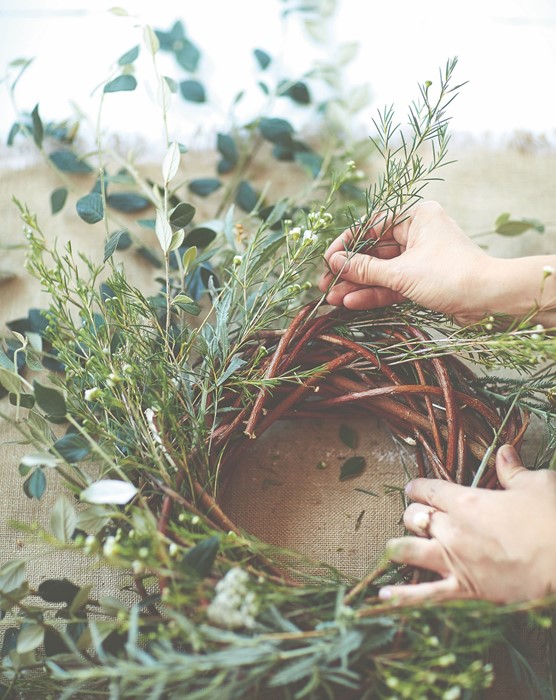
4. The tricks you thought were nonsense are actually the key to a longer life
“Most of the myths are kind of true, I would say,” says Chandler. “Like always snipping a few inches off the bottom, diagonally, so flowers can drink more. You need to cut them and put them straight in the water, don’t cut them and wait ten minutes because they will seal up, almost like a cut on skin. Anything green below the water, except the stems, will cause bacteria to grow in the water and kill the flowers. So use anything that will kill bacteria – a tiny bit of bleach, flower food or aspirin.” “With some flowers you can shock them back to life,” says Smyth. “Like hellebores – sometimes if they’re looking really droopy, like they’re going to die, you can put them in a little bit of warm water and it perks them up.”
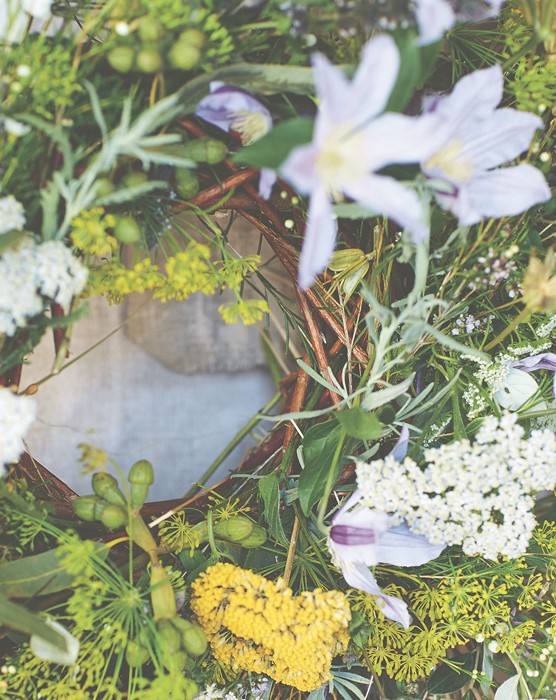
5. Think outside the vase
“Stem jars are really lovely,” says Chandler. “When some people get given a bunch of flowers, we’ve realised lots don’t even take the string off. Usually they just put them in the vase – which is lovely because that’s how we’ve arranged it – but if you have six or so stem jars you can rearrange them and cut them down to size. One thing that’s really handy, if the vase isn’t see-through, is that you can take a bit of chicken wire, ball it up inside the vase and it gives you an inner frame you insert the flowers into and angle them so you have a flower arrangement. Just don’t ball it up too tight, do it into a sort of globe and you have a skeleton frame.”
Wreaths, published by Quadrille, is available from April 5, 2018.
